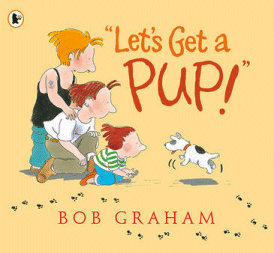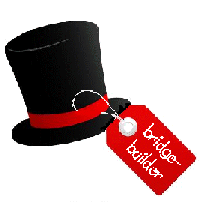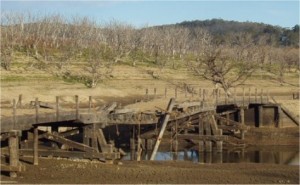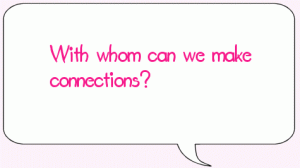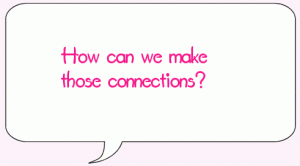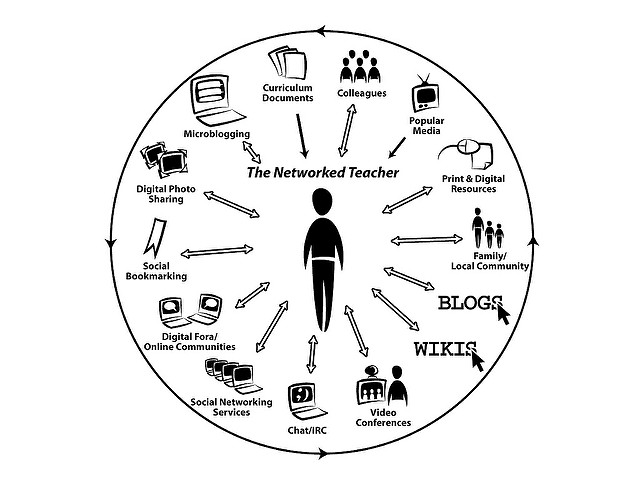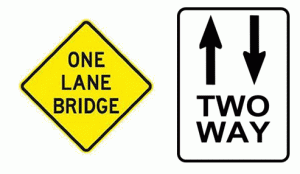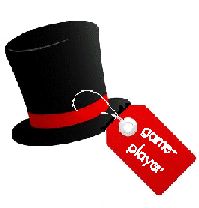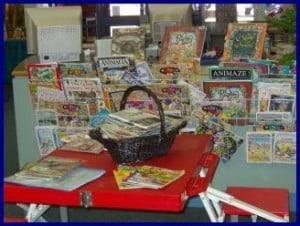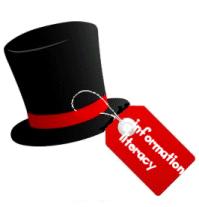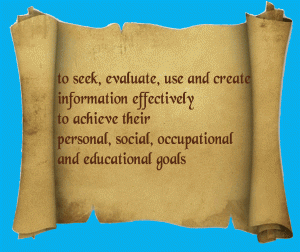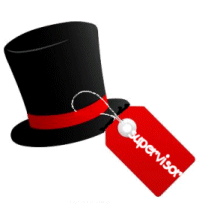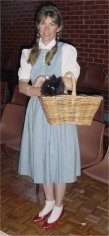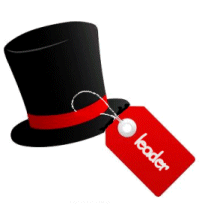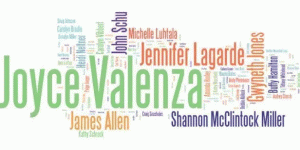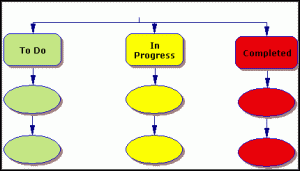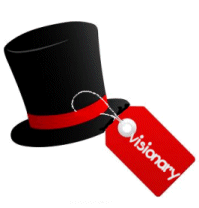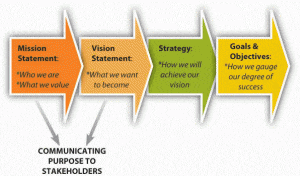Putting on this hat is one that does not fit well for many teacher librarians.
Is restricting access to some resources censorship or duty of care?
Certainly it is a question that raises its head frequently on the teacher librarian networks, moreso in the US where the ALA has very clear policies and statements on the freedom to read which is “essential to [their] democracy”. In terms of Australian libraries the closest I could find to a similar statement was the ALIA Statement of free access to information .
While these are critical statements that govern a library’s right and responsibility to provide resources regardless of an individual’s perspective or preference, as teacher librarians we must remember that we are in a school situation and as such, we have an official duty of care to the students in our care. We cannot not set ourselves up to be paragons of virtue or the moral compass of the community, but what we do and offer must reflect the values and attitudes of the school community we serve.
Unlike the US where censorship seems to be alive and well – ALA state that there were at least 464 books challenged in 2012 alone but they also say that probably 70-80% are not reported- such censorship does not happen in Australia. The last book banned here was Portnoy’s Complaint. We do not have a Banned Books Week to celebrate the freedom of speech but that’s not to say books aren’t challenged – recently one person complained of one word in Roald Dahl’s “Revolting Rhymes” which was selling in a national supermarket chain and the chain’s reaction was to pull the entire stock off the shelves! The resultant publicity resulted in their selling more books than ever!
However, there is still the issue of what is appropriate to a particular audience and who decides.
The answer comes down to our professional knowledge about the development and maturation of the students, their reading needs, interests and abilities, the curriculum the collection is required to support, the underlying ethos of the school and its community and collection development practices.
In the ideal situation, that collection is built up in consultation with the teachers and selection aids, including reviews and recommendations, are used to guide choices. Given that most teacher librarians have more contact with children than the average parent, they are more likely to have a deeper knowledge of what is appropriate, although parents should be able to make suggestions but these should always be measured against the selection criteria of the Collection Policy. The TL is also in the position to have the broad overview of what is happening in the school regarding teaching, learning and the curriculum as well as being the most likely to have a knowledge of what is available and suitable to support this. TLs are also highly connected and so they can find out what else there is very quickly and get suitable suggestions from a range of other professionals. They can put their leadership hat on top of their censorship one.
Censorship, to me, is when a book is not added to the collection because of the personal prejudices of the librarian, principal or someone else. The most recent widespread controversy I can think of is when many schools banned Harry Potter because of the witchcraft/magic aspect and while many may have justified their decisions because of their personal interpretation of the tenets of their faith, denying children access to that series is censorship.
Conversely, NOT selecting a Jodi Picoult novel (for example) for a K-6 school is about knowing what is developmentally appropriate. It is not about being the Book Police. Teachers and parents rely on us using our professional knowledge to make the call, BUT they always have the option of purchasing titles or borrowing them from the public library if their child wants to read beyond what we acquire.
No school library can acquire every resource that is available for its target age group – that’s why the Collection Policy is such a crucial document and needs to be tailored to the individual school. A one-size-fits-all-policy copied and pasted from elsewhere cannot reflect the unique needs of a particular school because the demographics of each school are so diverse. This policy should identify who the readers are; the goals for developing the collection for the next three years (such as a focus on a format or curriculum area); and have specific selection criteria that will guide choices so they are in alignment with achieving the goals. But most importantly, it is underpinned by the needs, interests and abilities of the collection’s users based on the professional knowledge of those who are teaching them. A Collection Policy developed by the TL and ratified by the administration is also the best defence if a selection (or lack of) is questioned. Demonstrating how it meets the selection criteria (or not) of a formal policy is hard to argue with.
Censorship is not always restricted to titles that might seem obvious because of their focus on sex, violence and other unsavoury practices. These are some recently challenged in the US…
- True Diary of a Part Time Indian.
- Color Purple
- Year of the Jungle
- It’s a Book
- Looking for Alaska
- Bridge to Terabithia
- To Kill A Mockingbird
- Of Mice and Men
- A biography of Oprah Winfrey
- The Curious Incident of the Dog in the Night-time
- Forever
- Killing Mr. Griffin
Even Bob Graham’s Let’s Get a Pup is on the US list. And I’m sure many of us are familiar with stories of Mr McGee’s penis being hidden by white-out in Mr McGee and the Biting Flea when teachers or parents have been offended.
;
Censored and Banned Books: From John Steinbeck to Dr. Seuss
Recently there was an issue in a primary school I know where a pre-school child selected a book from the Junior Fiction section as a class read-aloud and it was clearly not suitable for that age group. It happened because someone had decided that because it was in picture book format then it was Junior Fiction, something we know not to be true. This has prompted a formal collection appraisal and evaluation of the collection, judging the location against an authoritative list and making changes where appropriate. We also established a Senior Fiction classification (identified by a sticker on the spine) acknowledging that some students are intellectually and emotionally mature enough to read materials that might be considered YA and their needs should be catered for just as those of children who are not yet reading independently are catered for.
This was not censorship – it was duty of care exercising our professional judgement to cater for the individual needs of the students. While students have access to the entire collection, identifying those that might be cause for concern because a young person does not have the requisite maturity to deal with the content (particularly in collections that cater for a wide age group) is showing responsibility not restriction. Until our students are old enough to take personal responsibility for their choices (and the Child Online Privacy Protection Act would deem that to be 13) it is our role as teachers to provide the scaffolds to help them and we must never step back from that.
Of course, there are always going to be individuals who disagree with your selection and location of resources and that is why having a Challenged Materials Policy (scroll to the end) as part of your Collection Policy is vital. Such a policy means one person’s agenda cannot drive the development of your collection. It provides a formal way for a complaint to be made and considered while also showing that an individual can only dictate what their own child/children can have access to – they cannot make decisions on behalf of other parents. It requires the complainant to specifically identify the focus of the objection rather than relying on hearsay or gossip.
Nevertheless, censorship in itself can be an interesting topic and it offers much scope for investigations…
- Is forbidden fruit sweeter?
- Why do movies and games have classifications but not books?
- How do the banned titles reflect the changes in society’s attitudes and acceptance?
- Banned in Australia vs Banned in America (The list for 2013-2014 is here)
- Who has the right to judge on behalf of others?
This article from School Library Journal is worth reading and considering in light of your circumstances and professional practice. Unnatural Selection: More Librarians Are Self-Censoring
You might also like to consider the issues raised in The Tricky Topics Hat
However, ultimately we must see our selection of the collection as guidance not censorship. Hopefully, the hat will sit more comfortably now.

